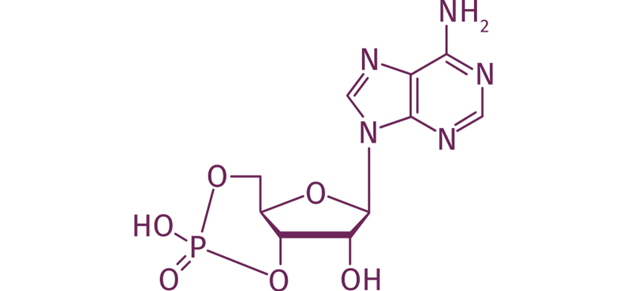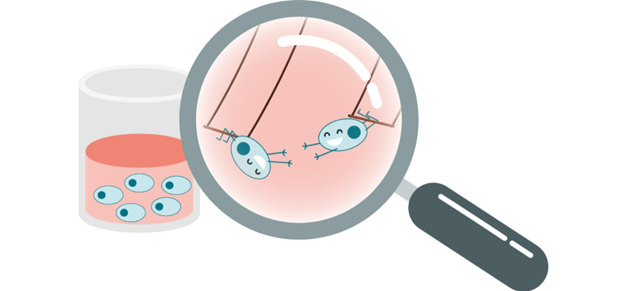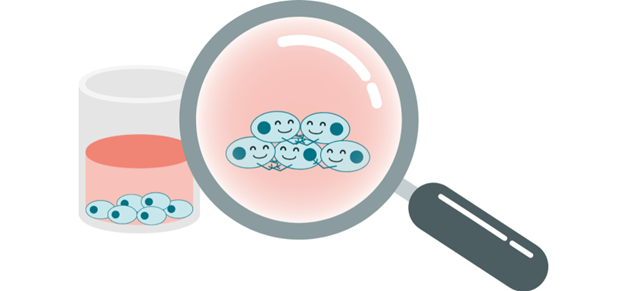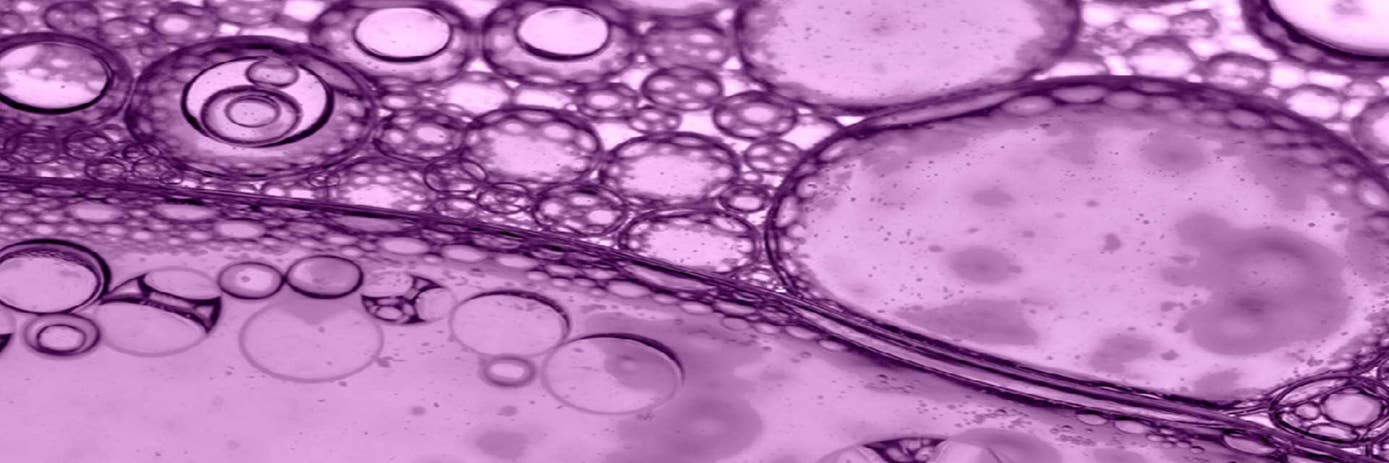
cAMP is a central messenger in cells, and one of the most important G protein-coupled receptors (GPCRs) intracellular mediators. GPCRs play a role in cellular communication. Today we know that a lot of pharmacological agents have effects on GPCRs, and it’s no surprise that they remain the most intensively studied drug target family.
Pre-run cell preparation is important when we work with cells. The proper optimization of this step leads to the best, most accurate results.
Like in sport, good preparation leads to a good performance.

How to prepare your suspension cells for a cAMP assay
If you choose to work with suspension cells, you can use them fresh or frozen.
Freshly harvested cells
We recommend you handle your fresh cells as follows:
- Transfer your cells from a T175 flask using a vial, then add cell dissociating solution and incubate at 37°C to dislodge cells.
- Centrifuge your cells at 340g and count them.
- Re-suspend the cell pellet with stimulation buffer, achieving the optimal cell density.
Tip: Cells from a T175 flask should be near 60-80% confluency before their collection. In this condition, the cells are still growing exponentially near the end of the log phase, and maintain good overall viability.

Cryopreserved cells
- Thaw frozen cells in a water bath at 37°C.
- Transfer cells into a vial and add PBS.
- Centrifuge at 340g.
- Re-suspend the pellet in stimulation buffer to reach the cell concentration required for the experiment.

After this, your cells are ready to be dispensed into the plates.
Handling adherent cells requires different precautions
Like fresh suspended cells, your adherent cells must be recovered in a vial with PBS after the dislodging step. The spin power is the same for adherent and suspended cells, i.e. 340g. Before resuspending the cell pellet, you must calculate the volume of complete growth medium needed to obtain the optimal cell density.
Tip: To help the cells grow properly, it is preferable to use cell culture treated plates or Poly-d-Lysine coated plates.
With adherent cells, the most important thing is not to forget to incubate the plate overnight at 37°C, 5% CO2, before running the assay.

Choose the suitable plate formats
Depending on your choice of suspended or adherent cells, you will not follow the same protocol. Remember that the plates used for cAMP assays are not all the same. If you work with adherent cells, you can use 384-w CT white or 96-w CT white plates. However, if you work with suspended cells, we recommend 1536-w white, 384-w lv white, HTRF 96-w lv white, or 96-w half area white plates.
Great, you now have all the tips you need to work with suspension and adherent cells, but that’s not all there is to it. Prior to running your cAMP assay, there are other things you can optimize, so check these articles “Gain in accuracy by optimizing your Gαs coupled GPCR assays” and “Optimize your research into Gαi/o coupled GPCRs” to know more about the optimization of Gs and Gi assays.
To simplify your life a little, we have compiled all the information you’ll need for successful cAMP assays in 4 different guides. Get yours now!
For research use only. Not for use in diagnostic procedures.
The information provided above is solely for informational and research purposes only. Revvity assumes no liability or responsibility for any injuries, losses, or damages resulting from the use or misuse of the provided information, and Revvity assumes no liability for any outcomes resulting from the use or misuse of any recommendations. The information is provided on an "as is" basis without warranties of any kind. Users are responsible for determining the suitability of any recommendations for the user’s particular research. Any recommendations provided by Revvity should not be considered a substitute for a user’s own professional judgment.

































